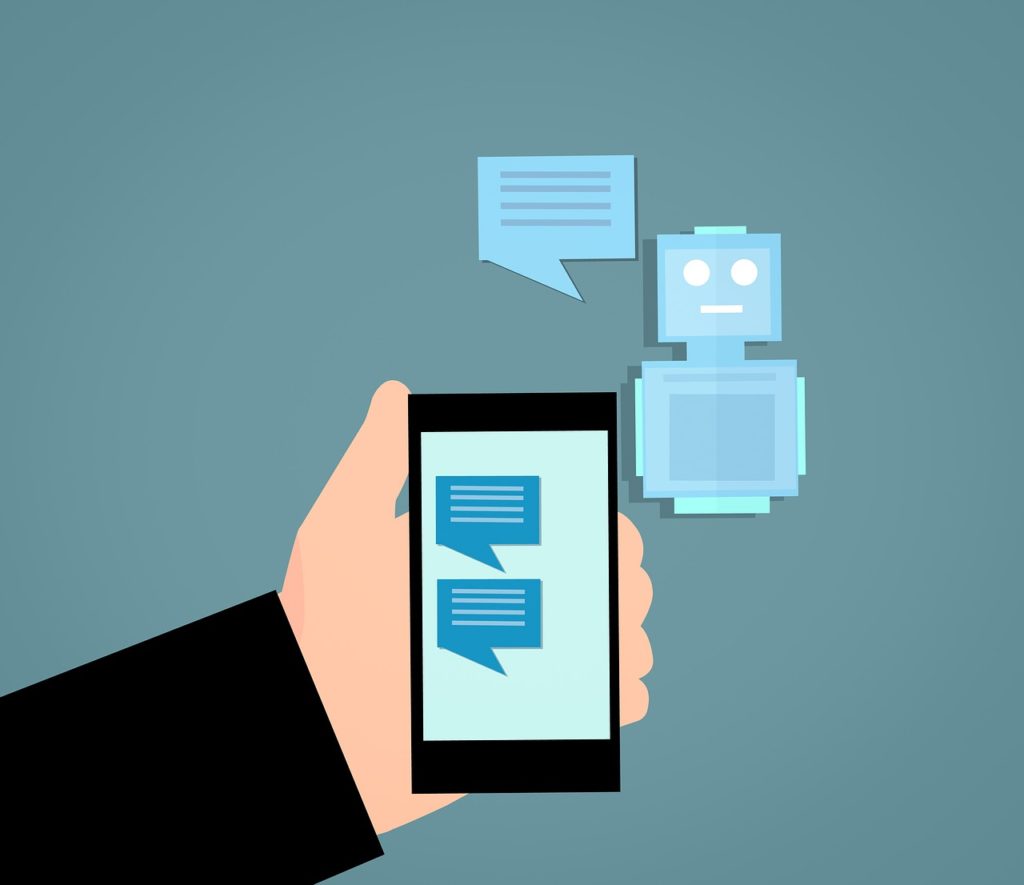
The onset of the COVID-19 pandemic drove change in the healthcare industry as systems worked to deliver care remotely and protect both patients and providers. One form of technology that has grown immensely during the pandemic is the chatbot.
While chatbots are not new to the medical field, their value increased significantly in terms of diagnosing COVID-19, triaging other illnesses, and figuring out the level of care that patients need. The majority of chatbots used today are called symptom checkers because they can assess symptoms and escalate to the appropriate level of care, whether that means getting rest, seeing a doctor, or going to the emergency room.
The Growing Use of Chatbots in Healthcare Clinics
Symptom trackers work by asking patients a series of questions. These rapid-fire questions help the system figure out what might be going on and separate emergent or urgent issues from less serious ones. Typically, these bots err on the conservative side, meaning they will recommend a doctor or urgent care visit if they are unsure rather than risk something serious going undiagnosed.
While symptom trackers have been used for years, they have become much more important as systems become overwhelmed with questions related to coronavirus diagnosis and treatment. Importantly, chatbots can diagnose a myriad of illnesses outside of coronavirus, so it has become a key tool for keeping people out of the hospital and clinic if they are not experiencing serious symptoms.
Perhaps surprisingly, there is relatively little data on the accuracy of these technologies. Because chatbots are dealing with potentially emergent situations involving sensitive information, getting the correct answer is very important. Moreover, erring on the side of caution and directing people to seek in-person care has become less desirable during the pandemic due to social-distancing protocols.
The companies behind these technologies say they review and test results regularly with the help of medical professionals, but this data is not widely available. Moving forward, acquiring more public data on the effectiveness of these systems could help instill more confidence in chatbots and hasten their expansion across healthcare systems.
How Artificial Intelligence Can Drive Chatbot Accuracy
Most of the chatbots deployed in healthcare systems use artificial intelligence (AI) to interact with patients. AI can link symptoms to illnesses and map probabilities of different outcomes. The systems use thousands of pieces of medical literature to guide medical decision-making. These pieces of medical literature help create models that show the AI which symptoms correspond to which diagnoses. The chatbot can then match answers to possible diagnoses and ask follow-up questions to narrow down the possibilities even further. When the list is small enough, the chatbot can recommend an action. The AI system is trained using millions of patient interactions.
The chatbots that use AI are sophisticated and represent an important evolution of this technology. Prior versions used something more akin to decision tables. AI and machine learning offer more nuance in terms of questions and differentials. The chatbot can respond to information provided by patients rather than moving to the next predetermined question. However, many chatbots in use today still use technology more like decision trees, especially the ones used to decide whether a person should get tested for COVID-19. Luckily, AI is gaining more momentum, as is true machine learning that will make these systems adaptive to multiple environments.
The Future of Chatbots within the Healthcare World
Many people wonder whether chatbots are meant to replace physicians, especially as they become increasingly driven by machine learning. Rather, chatbots are meant to alleviate the feeling of anxiety caused by having symptoms and not knowing what to do. Sometimes, the chatbot will recommend rest and determine that physician intervention is not necessary. When necessary, the chatbot will send the person to the correct level of care, whether that is primary, urgent, or emergency. Though we don’t know what the future holds, this is how chatbots are currently being deployed in medical environments.
Some healthcare systems have considered using chatbots for basic appointments about common issues, with physicians reviewing the visits. However, this technology may be far in the future as healthcare data is protected and not easily accessible for machine learning purposes. Instead of using real visits, AI is trained with clinical texts and literature, as well as a few publicly available databases. Even when patient data becomes more available (perhaps through de-identification), rare conditions may go undiagnosed because the AI has not encountered them enough to handle them effectively. For the time being, it seems that the major role of chatbots will be triage rather than diagnosis.
